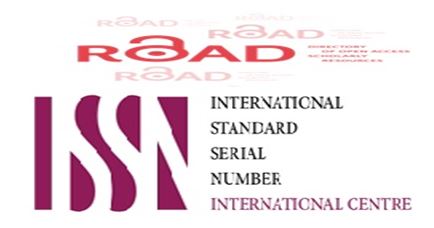Resistance of anti-tuberculosis drugs among pulmonary tuberculosis patients in Yemen
DOI:
https://doi.org/10.32007/jfacmedbagdad.553625Keywords:
Tuberculosis, resistance, anti-tuberculosis drugs, MDR, Yemen.Abstract
Background: Tuberculosis (TB) is still a major global public health problem worldwide. The global prevalence of Mycobacterium (M tuberculosis) infection has been estimated in 32% of the world population with more than 8 million new cases diagnosed each year.
Materials and Methods: A total of 192 M tuberculosis complex isolates were collected from patients with positive sputum smear who had been treated previously with the four main anti- tuberculosis drugs for more than two months. The isolates were identified by their colonial morphology, pigmentation, shapes on Ziehl-Neelsen smears, growth on Löwenstein-Jenson medium and biochemical tests as niacin and nitrate tests. A proportional method was used for the in vitro drug susceptibility testing.Objective: To estimate drug resistance among previously treated tuberculosis patients, focusing on multi-drug resistant strains at two time intervals (2002 and 2009) in Yemen.
Results: Of the 192 M tuberculosis complex tested isolates, 55 (28.7%) were resistant to one or more drug; 20 (10.4%) were resistant to one drug, 13 (6.8%) to two drugs, 13 (6.8%) to three drugs and 9 (4.7%) to four drugs. Regarding the resistance to an individual drug, out of 192 tested isolates, 36 (18.7%) were resistant to rifampicin, 34 (17.7%) to isoniazid, 33 (17.2%) to ethambutol and 18 (9.4%) to streptomycin and these results were without a statistical significance. The incidence of multidrug resistance against rifampicin and isoniazid with or without other drugs was 13.5% among the tested M tuberculosis complex strains and this result was also without a statistical significance.
Conclusion: The results of this study revealed nearly similar drug resistance patterns for the tested isolates in comparison with previous findings of 2002 and the emergence of more multi-drug resistance M tuberculosis complex strains after a time interval in Yemen.




















 Creative Commons Attribution 4.0 International license..
Creative Commons Attribution 4.0 International license..


